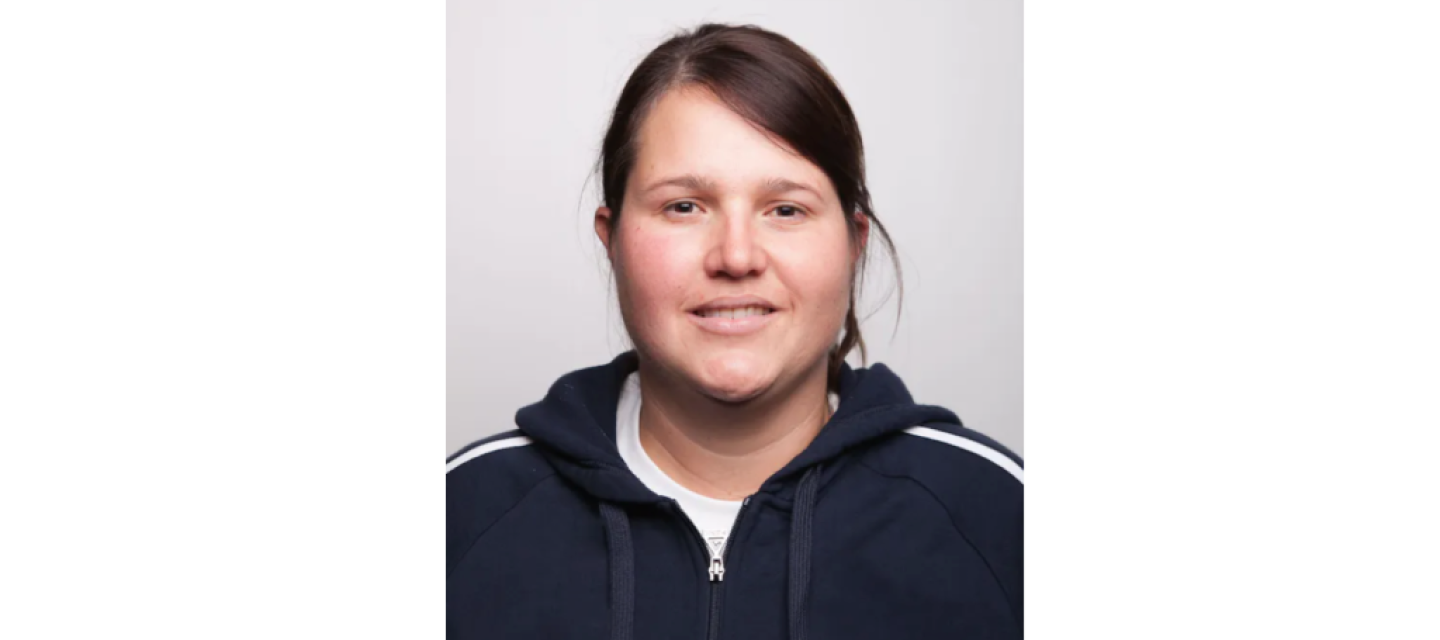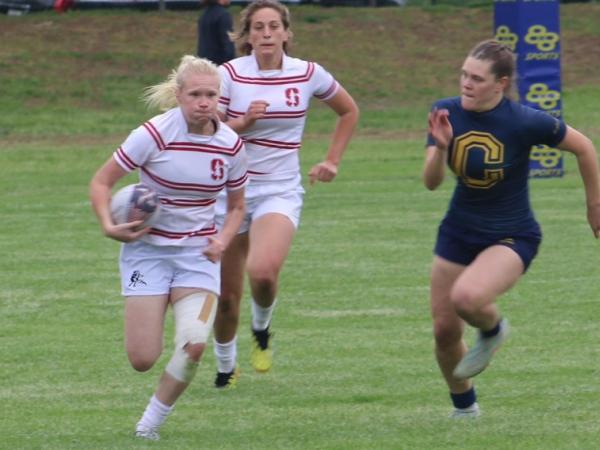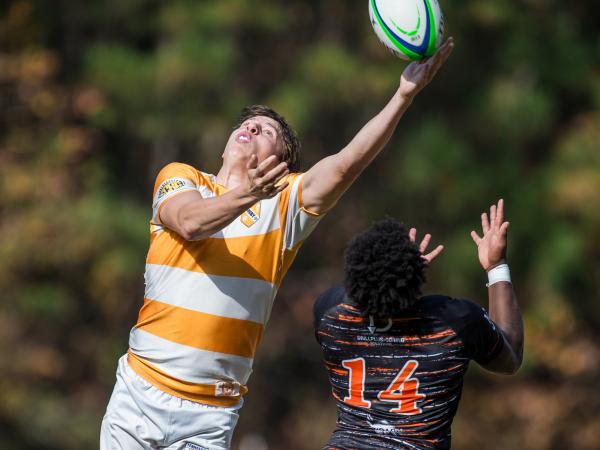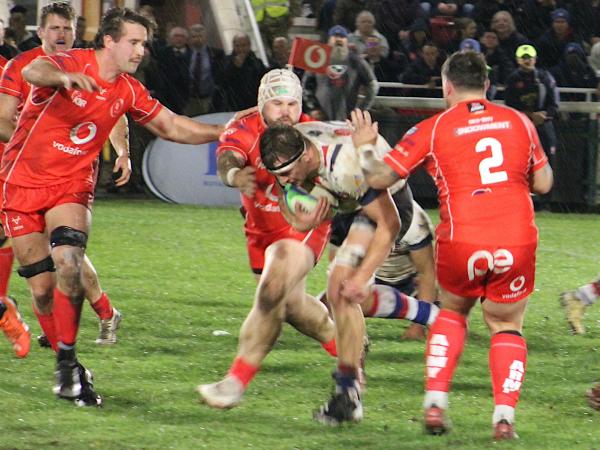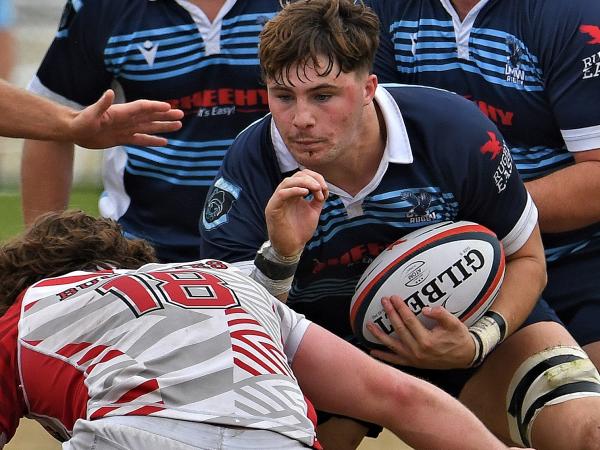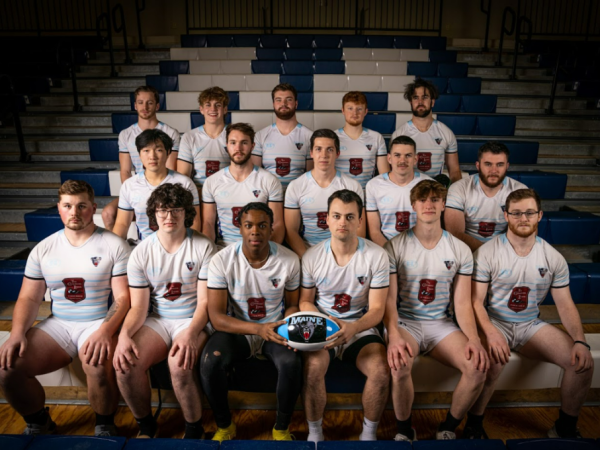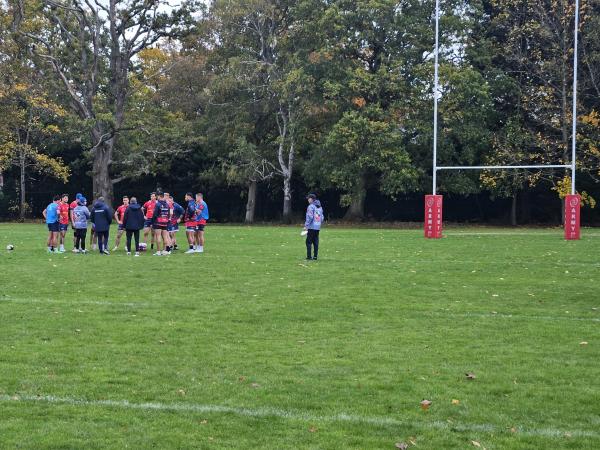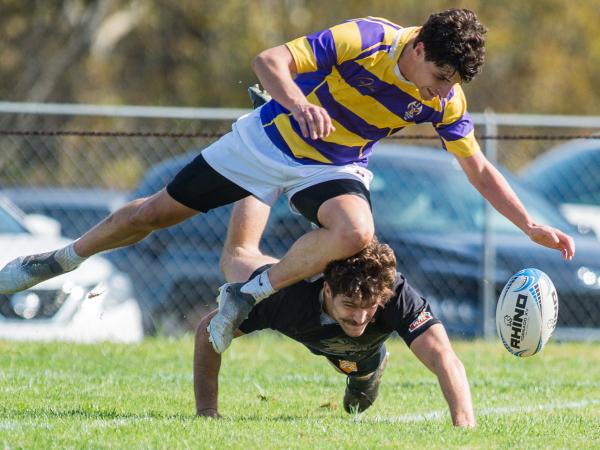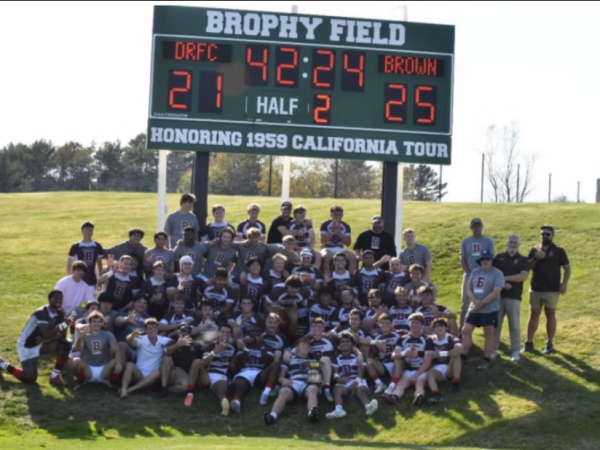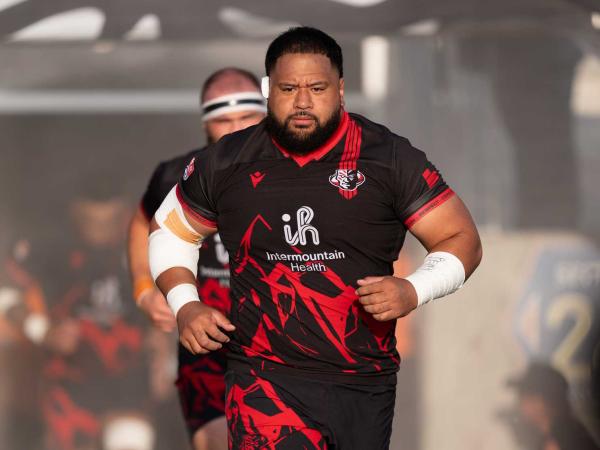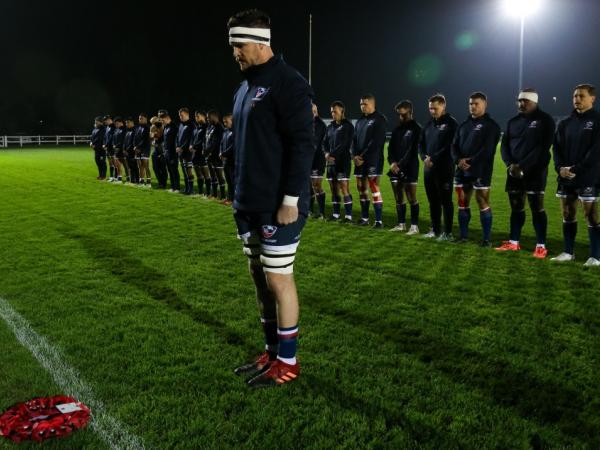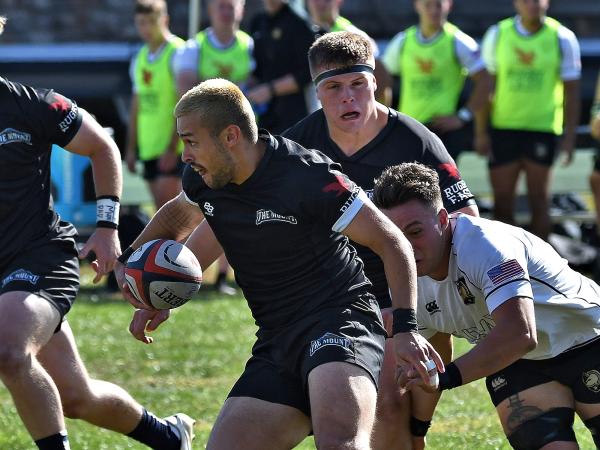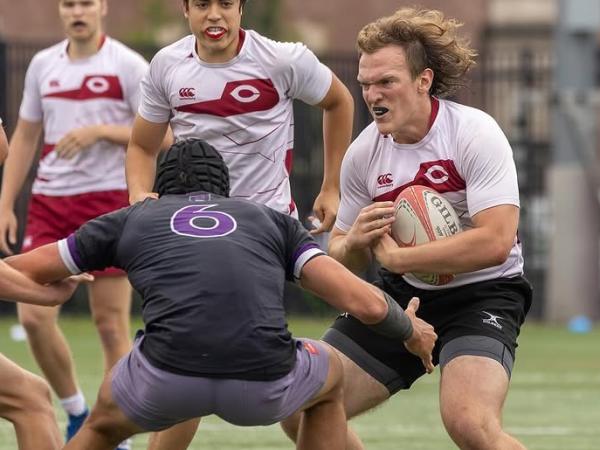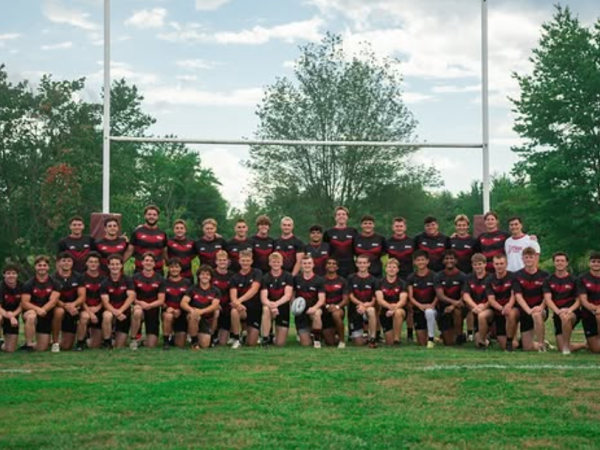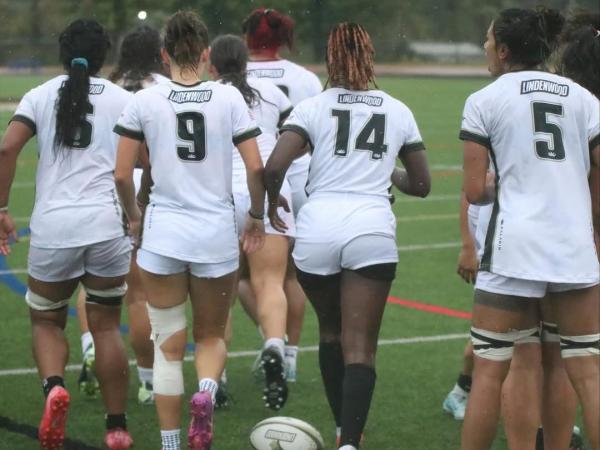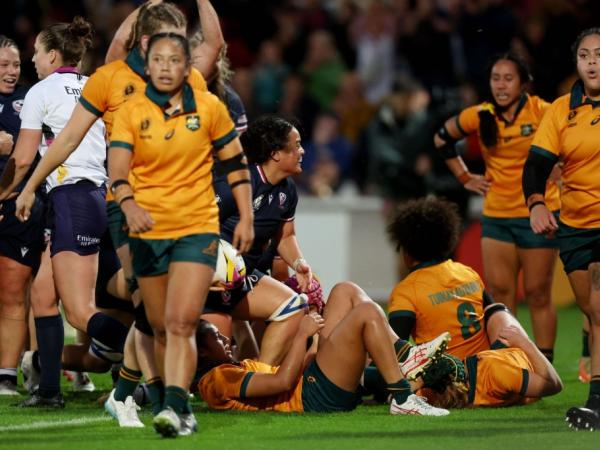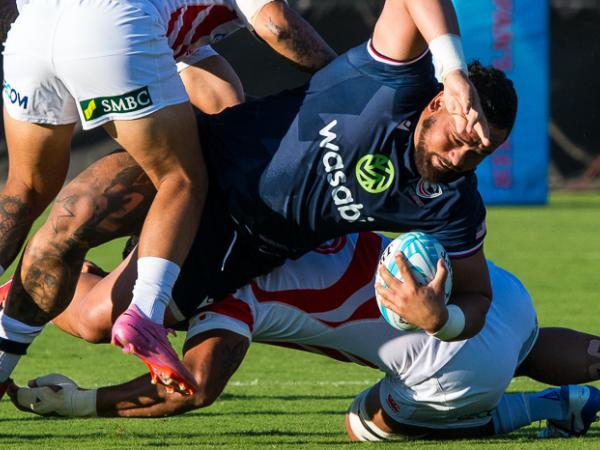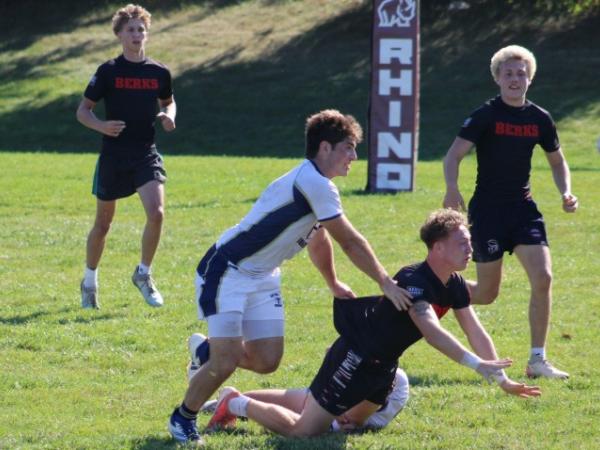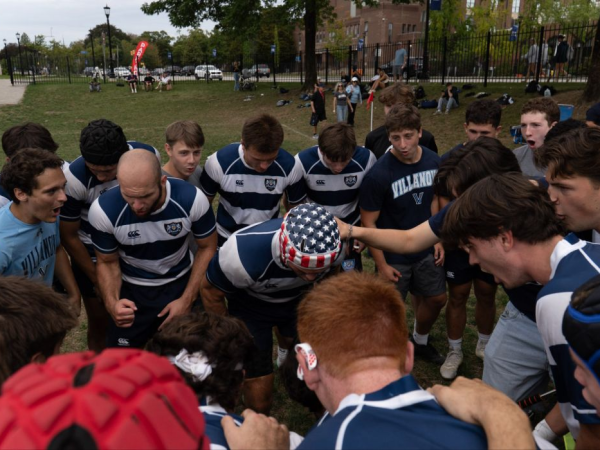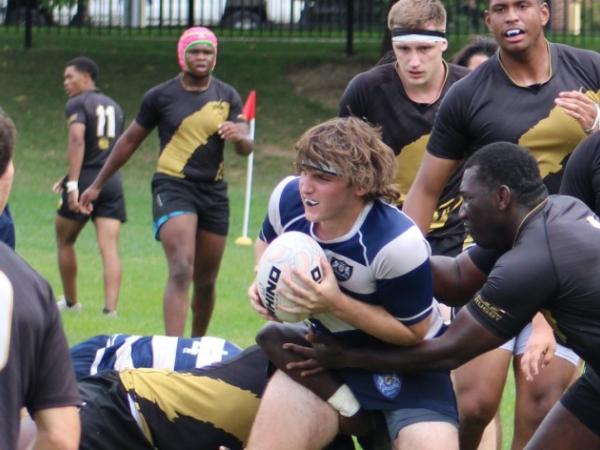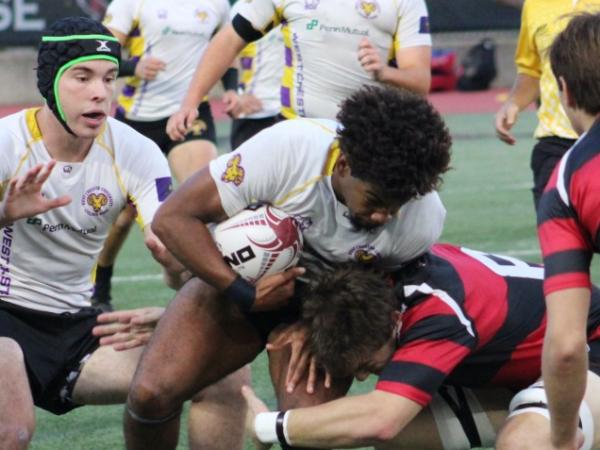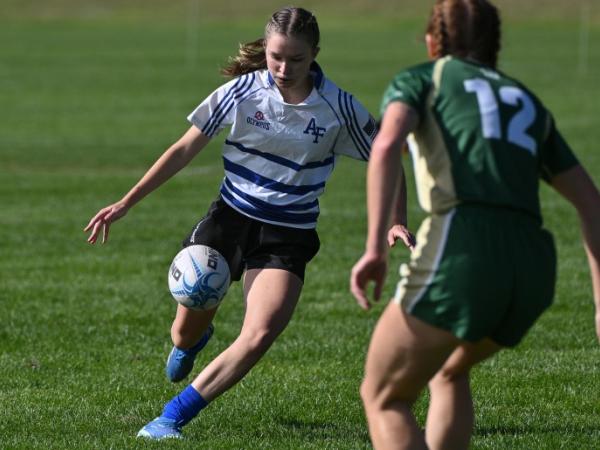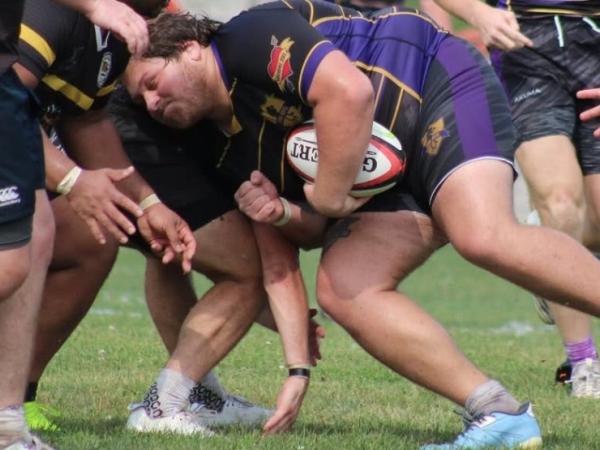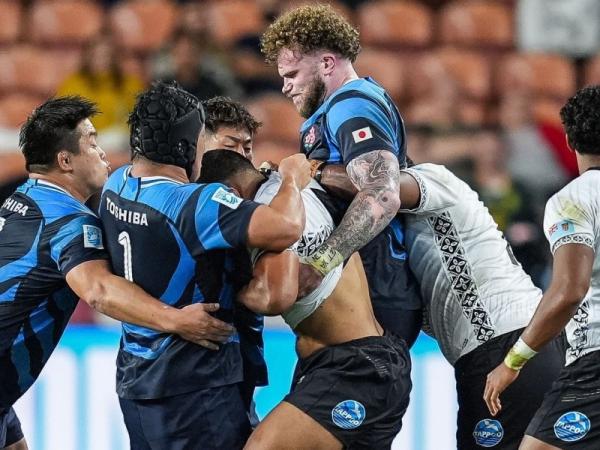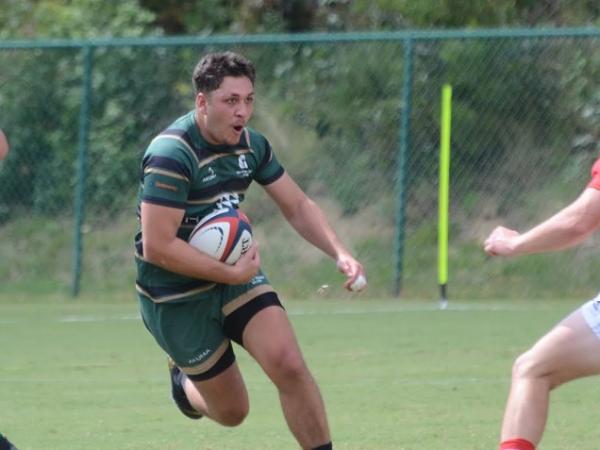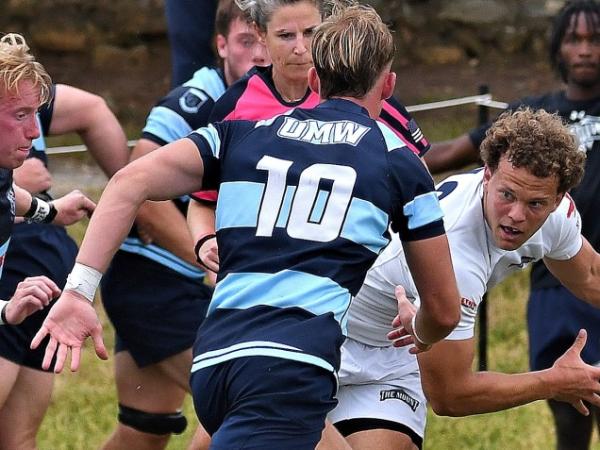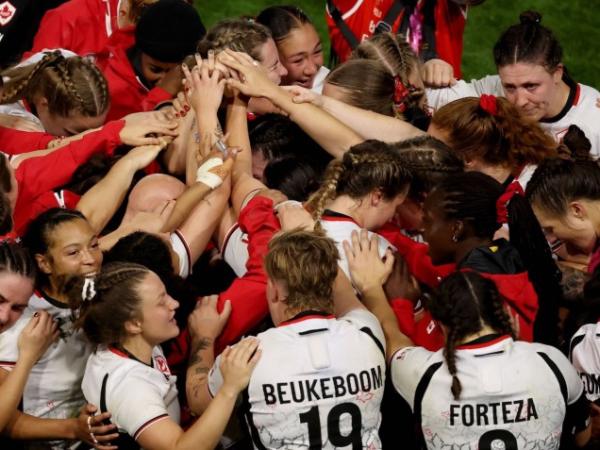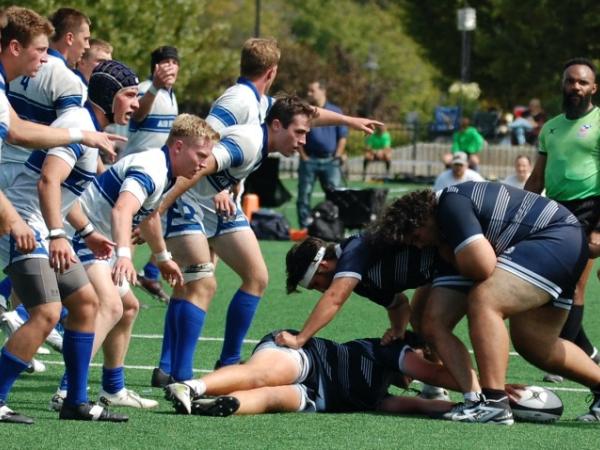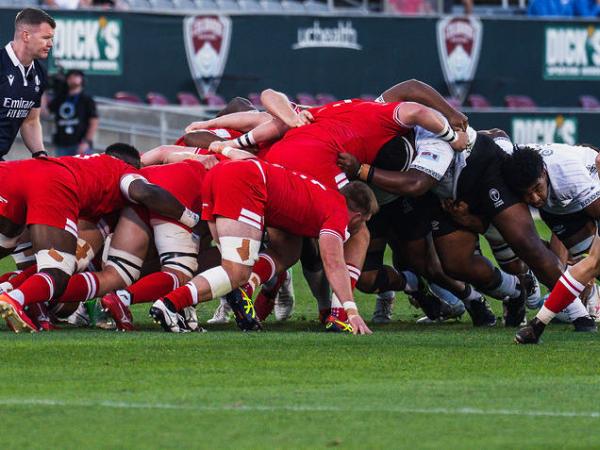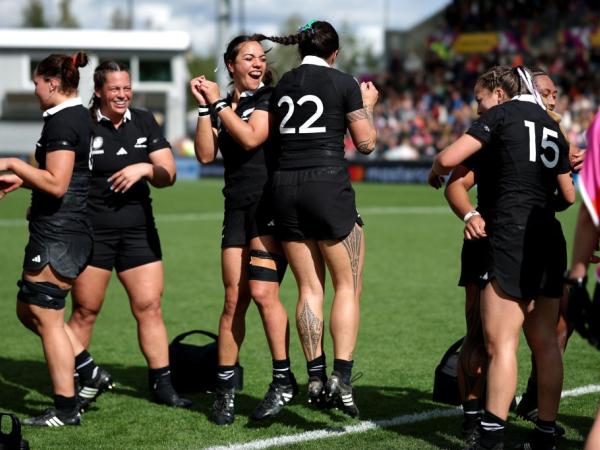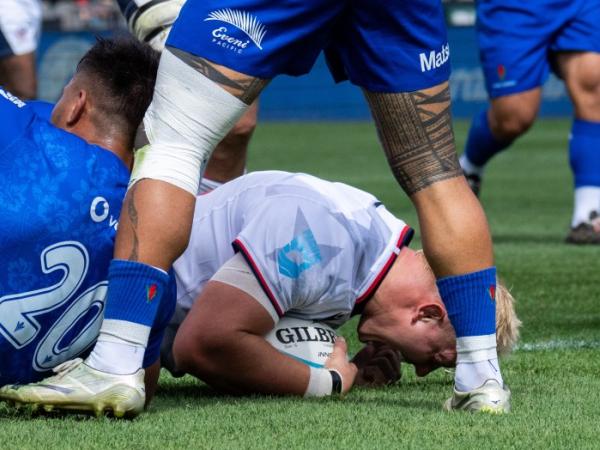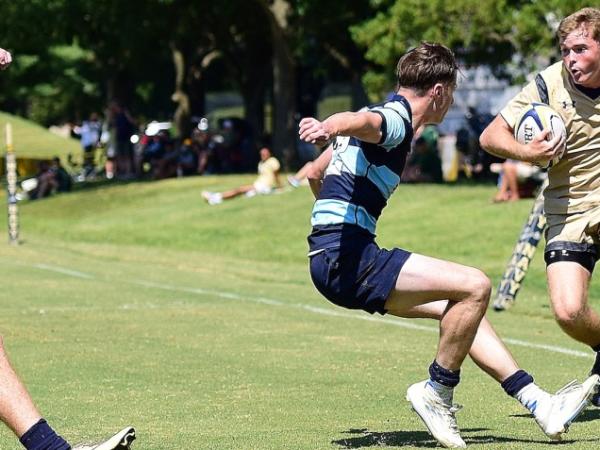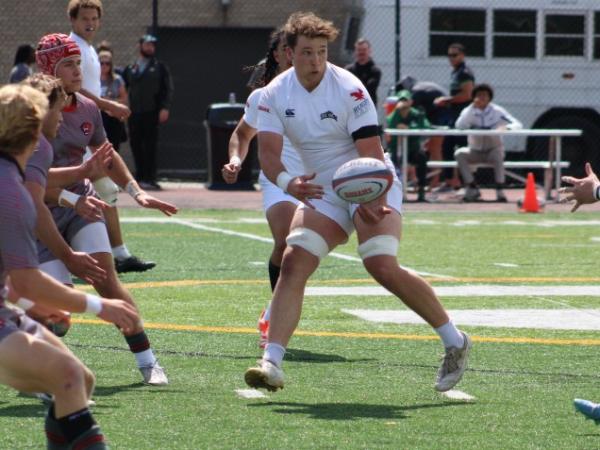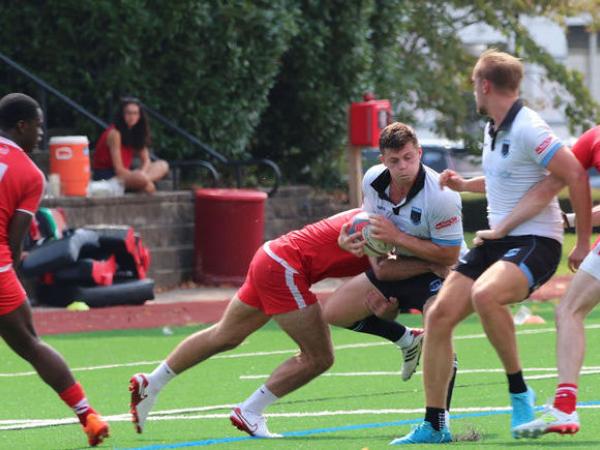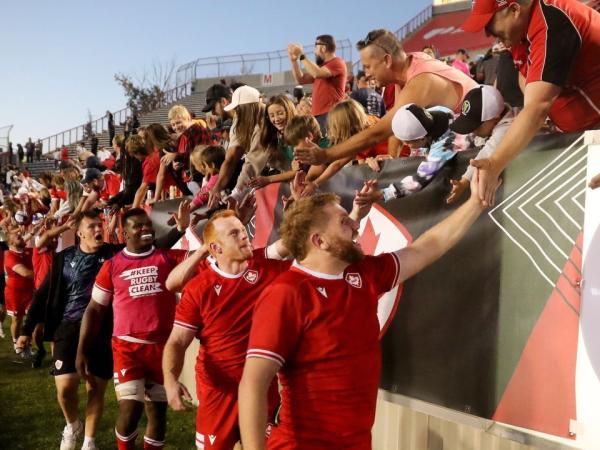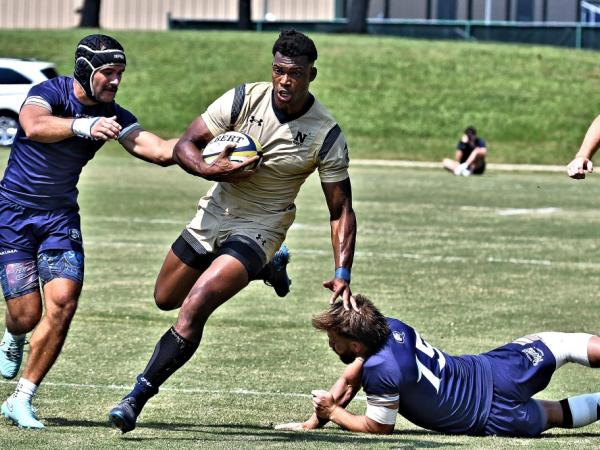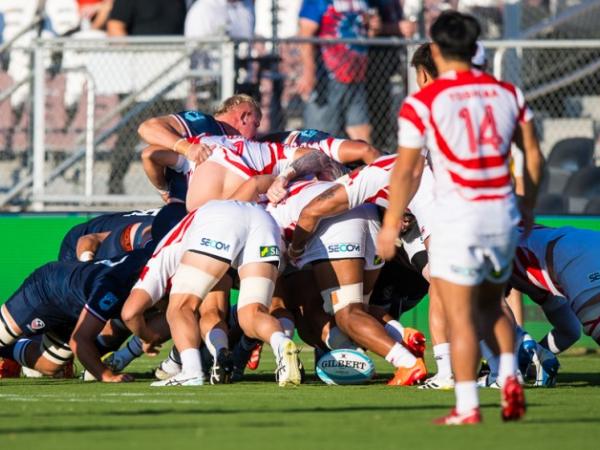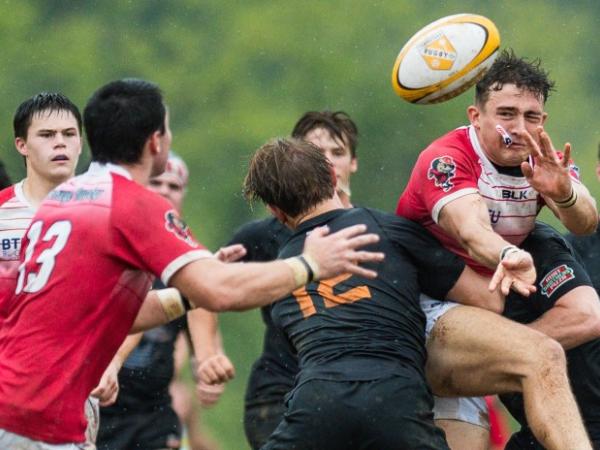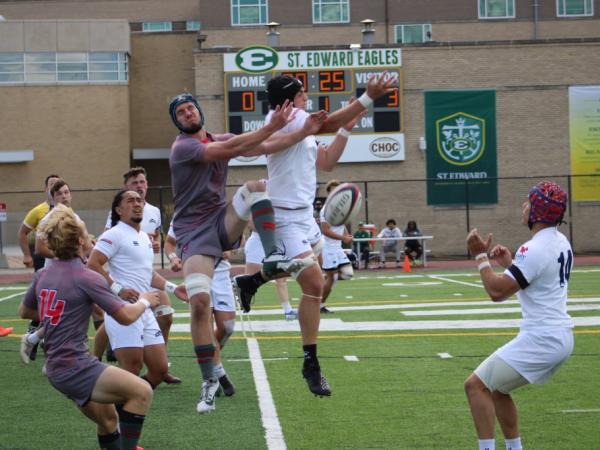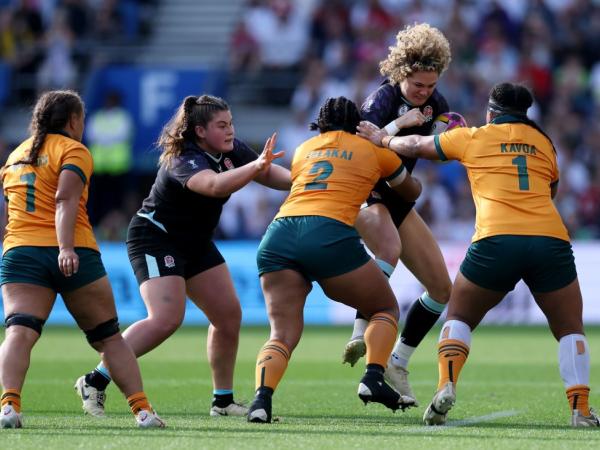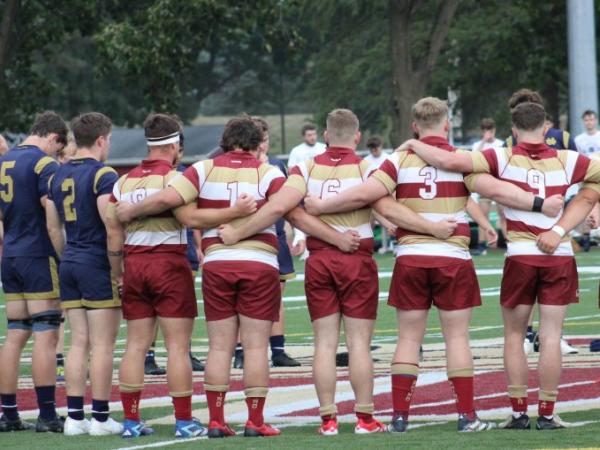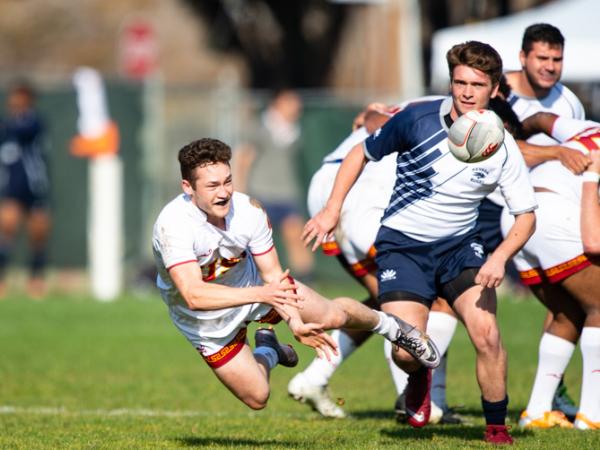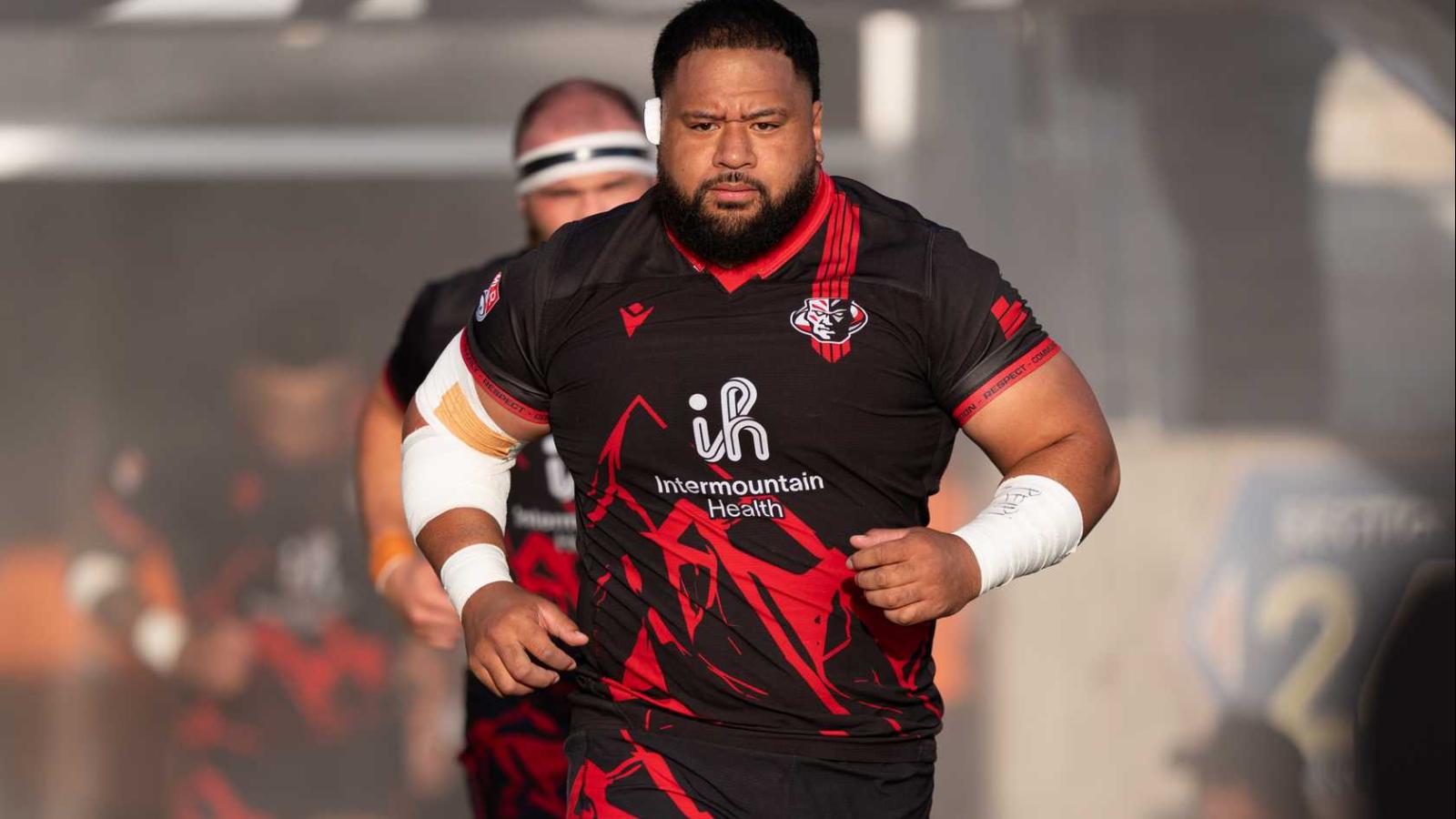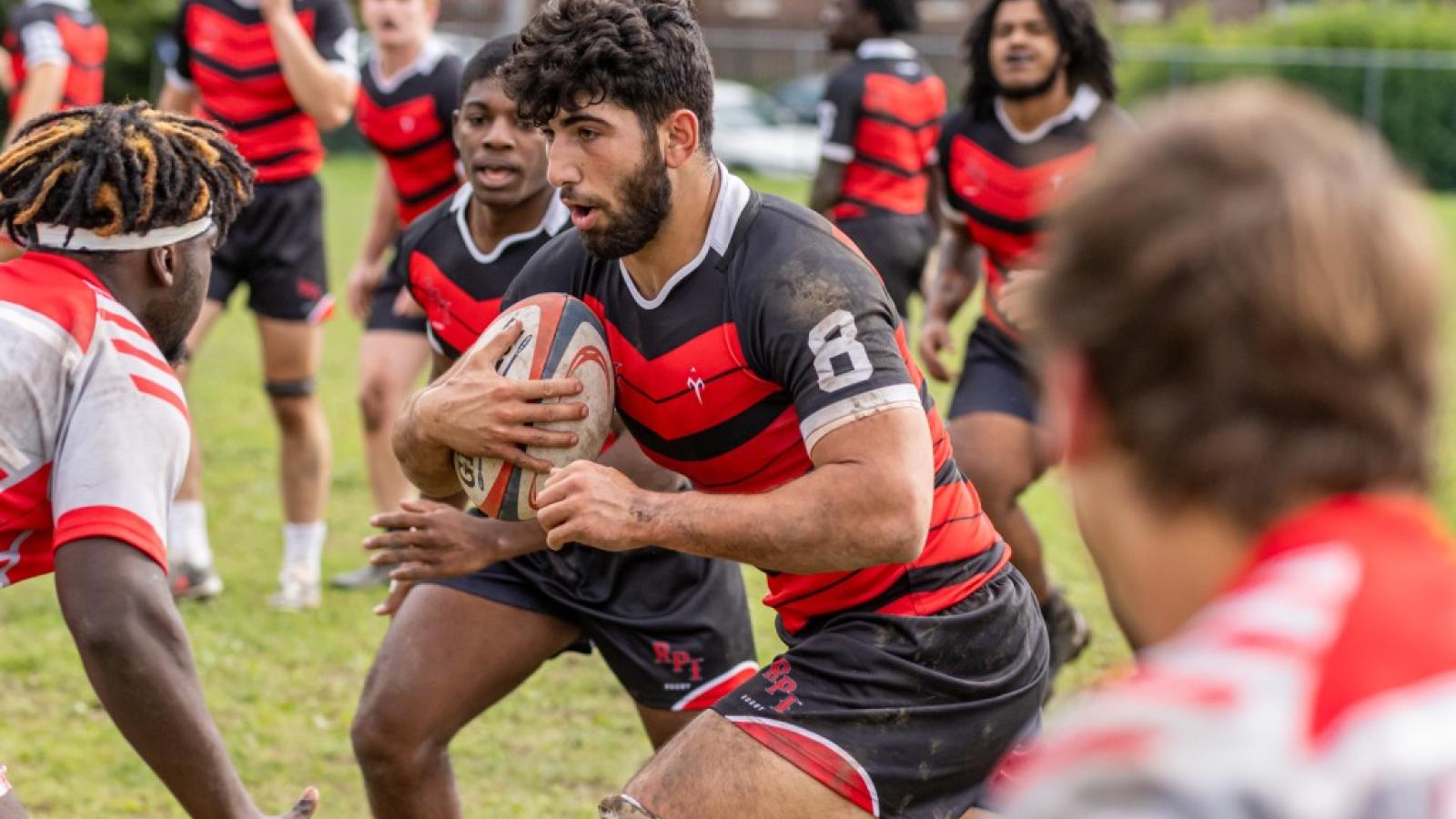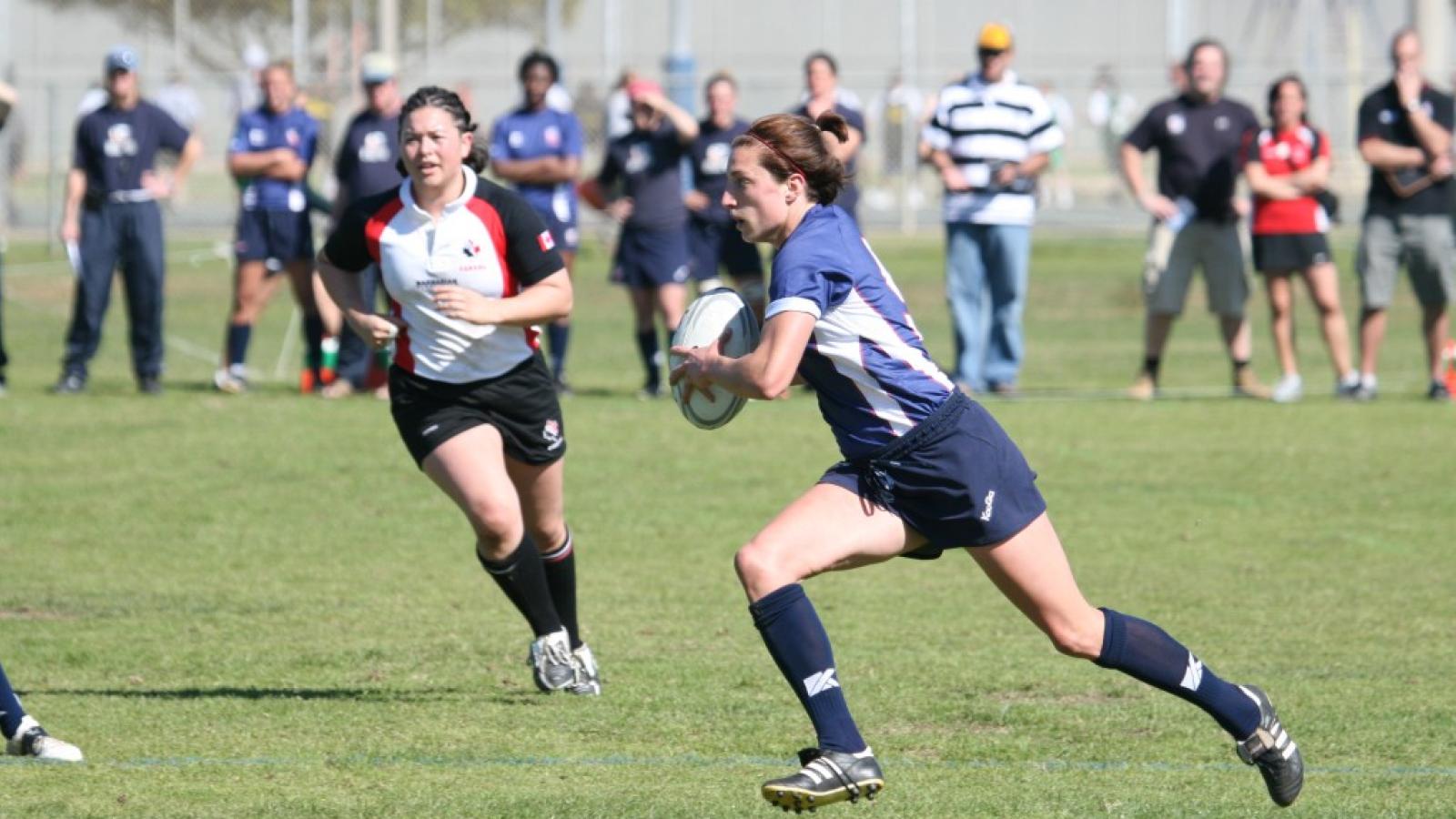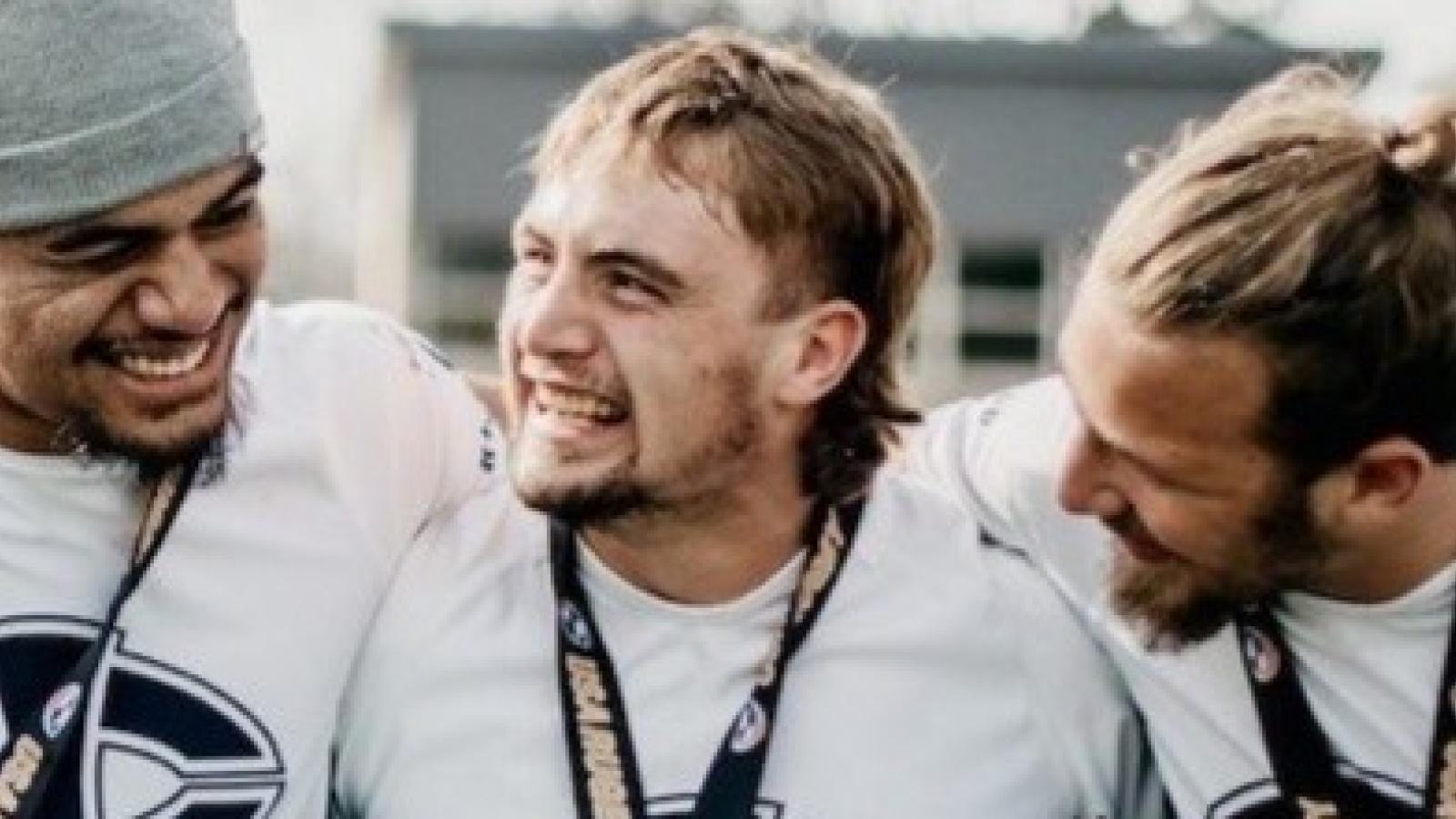Sheppard said on assuming the role, “It is an exciting period for USA Rugby with a home Rugby World Cup for both the men and women, and the LA2028 Olympics all being staged in our backyard. I am truly excited to lead the USA High Performance team and stakeholders to build robust programs and deliver exceptional results on and off the pitch.”
Sheppard initially began her career in rugby with Queensland Rugby Union as a State Administration Manager, facilitating strategic planning and competition development across the region of a similarly large market.
Sheppard concluded on first initiatives and goals for High Performance going forward, “From the start, I am looking forward to working with all our coaches, athletes and staff to improve my understanding of the USA Rugby landscape across high performance and development pathways. I’m incredibly excited for the opportunity to create and promote structures that nurture talent and build sustainable international success.”
Learning Curve
Sheppard is not from the United States, and that means she has much to learn about the rugby landscape, the geography, and the politics. While swimming is an NCAA sport and many Australians do attend NCAA colleges, rugby is not completely an NCAA sport—there are women's programs that are NCAA, but there are many others that are not. People who come from overseas to oversee American rugby are often surprised by the following:
1. There are many fine rugby coaches in America but very few who can do it as their full-time job. Even those who are paid, are often not paid enough to cover a full-time salary and need outside income. This makes it tougher for those coaches to be available for High Performance assemblies.
2. There are many fine rugby coaches in America and just because the United States sometimes struggles on the world stage doesn't mean people working within the game are ignorant.
3. The United States is huge, and unlike most huge countries, has population densities everywhere. For example, there are 26 million people in Australia (similar-sized country to the USA), but about 63% of the population lives in five metro areas. If you lump the top 30 cities in the US together you don't get to 15% of the population. So it's not just about getting players to travel, but finding players and nurtering players in many, many different regions.
4. The weather in the USA is quite variable. In March half the country might be able to play, while a quarter of the country is still snowbound. In October it could be 45 degrees in one state and 98 degree in another. Throughout the fall the Southeast is under threat of tropical storms. Throughout January and February California is under threat of heavy rains. Summer rugby in the Western states is constantly interrupted by thunderstorms.
5. College teams and university administrations don't just smile and nod when a college player has to take time off for a national team assembly.
6. Swimming Australia's budget for 2022 was about 50% more than that of USA Rugby. Meanwhile, the Australian national government along with the Queensland government chipped in AUS$30 million (about US$19) for a national rugby training center in Ballymore. That sort of support is never, ever coming from the US or a state government.
7. As Sheppard states, she doesn't know the players, where they come from, or where they are going, or the coaches, or their strengths and weaknesses.
What she can be is a big-vision person who sets the path. What she cannot be is someone who listens to only a few people, and especially of most of those people work in Glendale, Colo.






